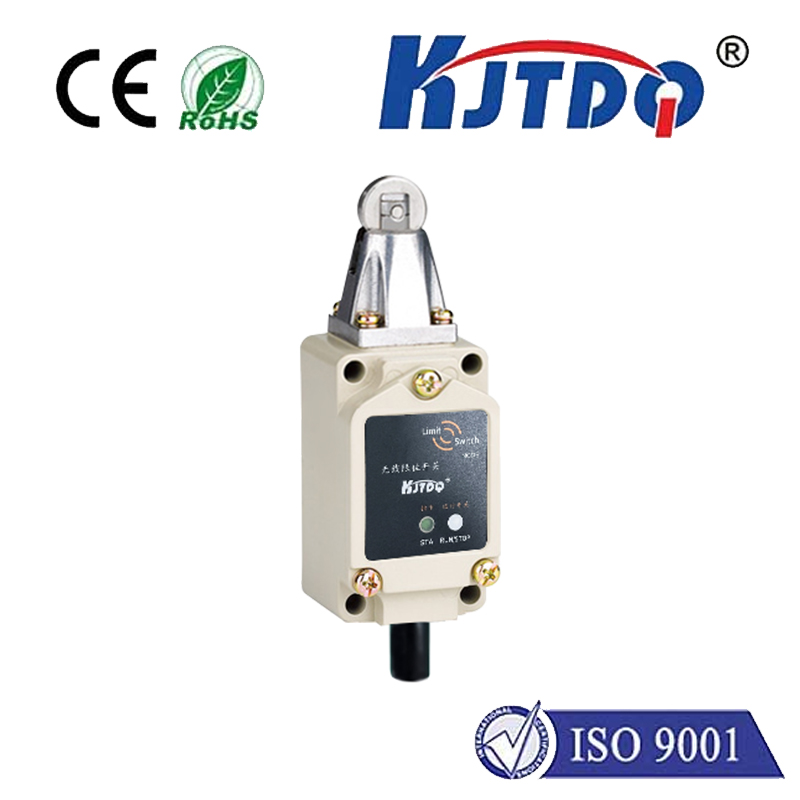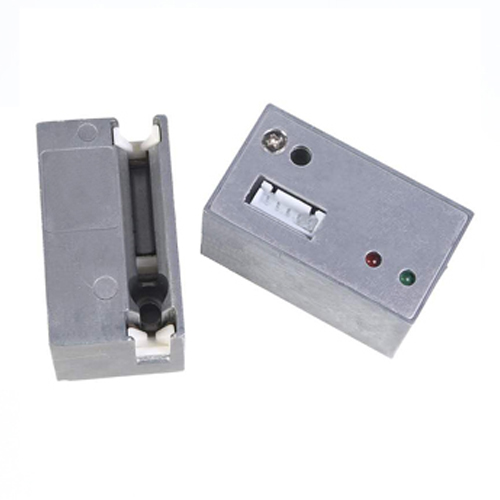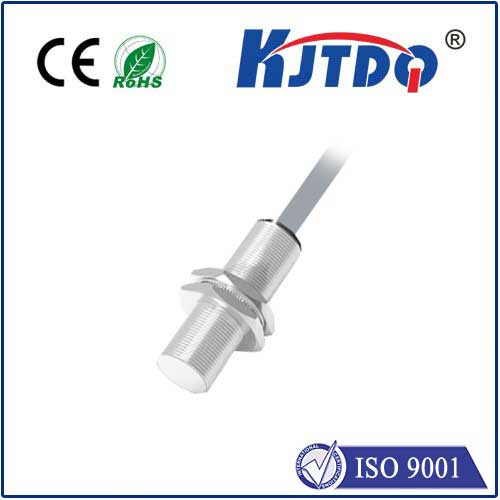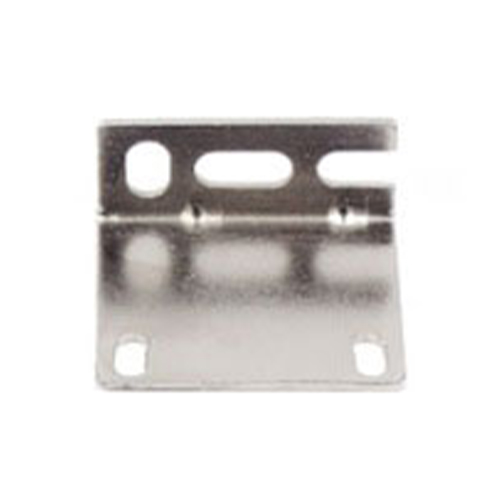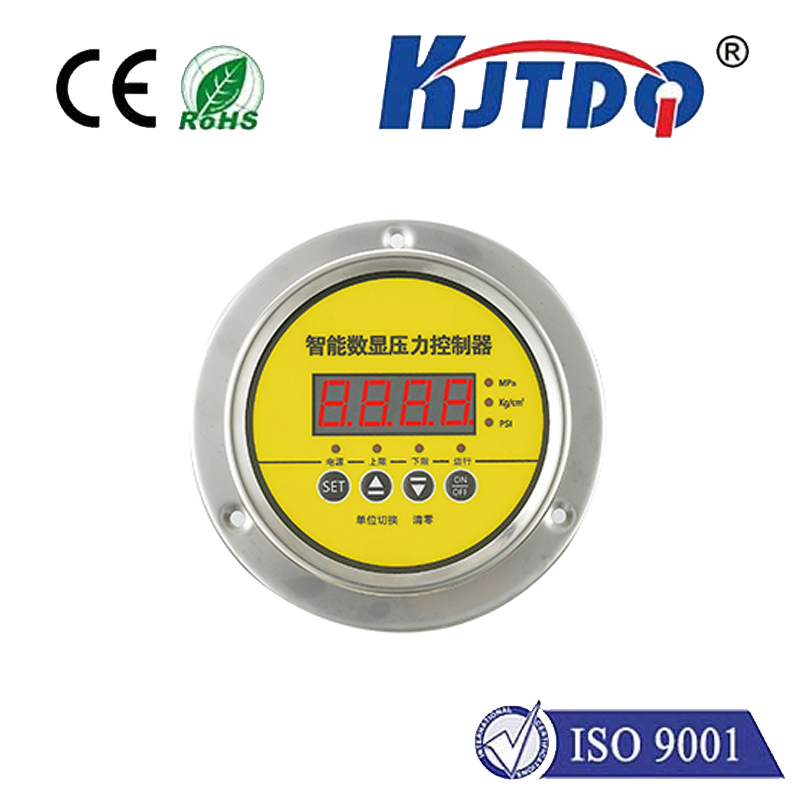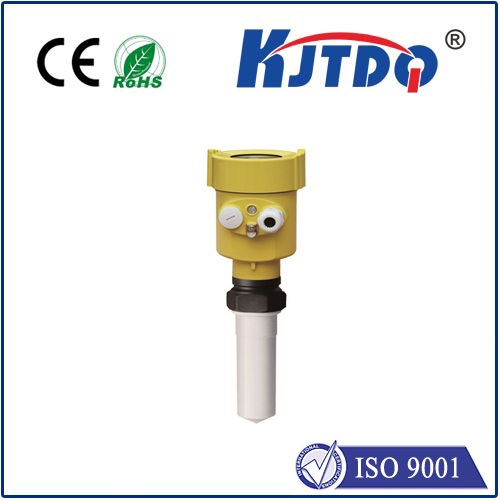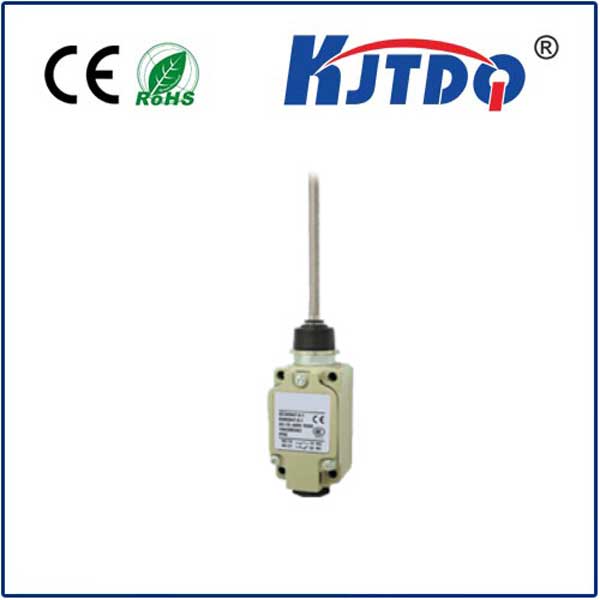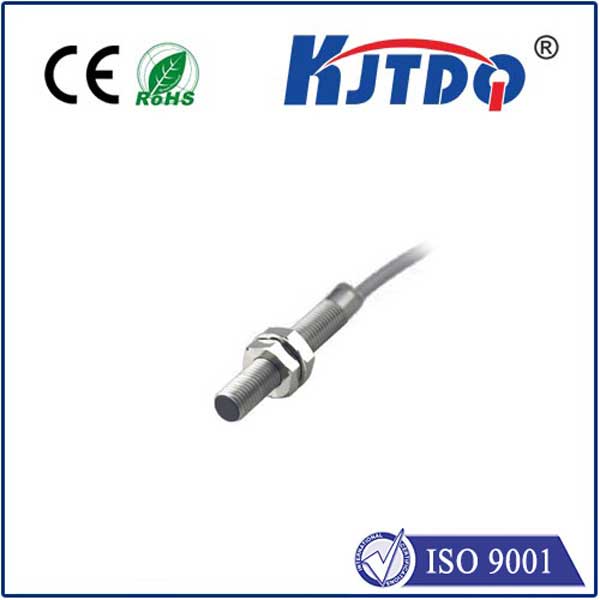

check

check

check

check
Revolutionizing Industrial Safety: The BES0113 High Pressure Proximity Sensor
Imagine a high-pressure hydraulic system in a manufacturing plant, where a sudden equipment failure could cause catastrophic leaks or explosions. Operators rush to intervene, but traditional sensors fail under extreme conditions. That’s where the BES0113 high pressure proximity sensor steps in—a game-changer in industrial safety and automation. Designed to thrive in demanding environments, this sensor not only detects nearby objects without physical contact but does so flawlessly at pressures that would cripple lesser devices. As industries evolve toward smarter, safer operations, the BES0113 emerges as a critical ally, offering reliability where it matters most. In this article, we’ll explore its innovative features, diverse applications, and how it sets a new standard for efficiency.

Proximity sensors have long been essential in automation, detecting the presence of objects through inductive or capacitive principles. However, standard models often falter in high-pressure scenarios, such as those in oil refineries, aerospace systems, or heavy machinery. That’s why specialized sensors like the BES0113 are engineered to withstand pressures up to 600 bar or higher. Unlike generic alternatives, this device uses ruggedized materials and advanced circuitry to maintain accuracy without compromising on durability. For instance, its hermetic sealing prevents moisture or contaminants from infiltrating, ensuring consistent performance even in harsh, pressurized zones. Key features include non-contact detection, reducing wear and tear, while a rapid response time of under 10 milliseconds minimizes the risk of delays in emergency shutdowns. Such innovations make the BES0113 not just a sensor—it’s a shield against operational hazards.
Delving into the specifics, the BES0113 high pressure proximity sensor excels through its unique design and technology. Built for industrial-grade applications, it incorporates stainless-steel housing that resists corrosion and vibration, extending its lifespan by over 50% compared to average sensors. Its core uses a high-frequency oscillator to detect metallic objects up to 15mm away, offering precise, contactless readings. What truly sets the BES0113 apart is its integration with digital outputs, allowing seamless connection to control systems like PLCs (Programmable Logic Controllers). This enables real-time monitoring and automated adjustments, such as halting machinery if an obstruction is detected. Moreover, operation in temperatures ranging from -25°C to 85°C ensures adaptability across varied environments. For businesses, this translates to reduced downtime and maintenance costs—a key advantage that drives adoption in competitive sectors. In essence, the BES0113 embodies a leap forward in sensor technology, blending robustness with intelligence.
Applications of this sensor span multiple high-stakes industries, amplifying its impact on safety and efficiency. In hydraulic systems, for example, the BES0113 monitors fluid levels and component positions, preventing overpressure incidents that could lead to equipment failure. Automotive manufacturing relies on it for assembly lines, where it ensures robotic arms move precisely without collisions, boosting productivity by up to 20%. Similarly, in energy sectors like offshore drilling, the sensor’s high-pressure tolerance safeguards against leaks in pipelines, using early detection to avert environmental disasters. One notable case is its use in aerospace, where it tracks landing gear status during flight, providing critical data under extreme altitudes. Beyond these, smart factories leverage the BES0113 for predictive maintenance, analyzing sensor data to foresee issues before they escalate. This versatility underscores its role as a cornerstone in Industry 4.0, where interconnected devices drive smarter, safer operations.
The benefits of adopting the BES0113 high pressure proximity sensor extend far beyond basic functionality, delivering tangible value in cost savings and risk reduction. Its enhanced durability cuts replacement frequency, leading to savings of up to $10,000 annually per unit in maintenance alone. Energy efficiency is another standout, as the sensor’s low-power design minimizes electrical consumption while maintaining peak performance. Crucially, it enhances workplace safety by providing reliable early warnings, reducing accident rates in hazardous zones.* This aligns with global standards like ISO 13849, ensuring compliance and reducing liability. For businesses, integrating the BES0113 yields a fast ROI, often within six months, by streamlining processes and avoiding costly downtimes. As technology advances, we’re seeing trends toward wireless connectivity and IoT integration with this sensor, paving the way for smarter industrial ecosystems. Ultimately, the BES0113 isn’t just a tool—it’s a transformative force in modern automation.
